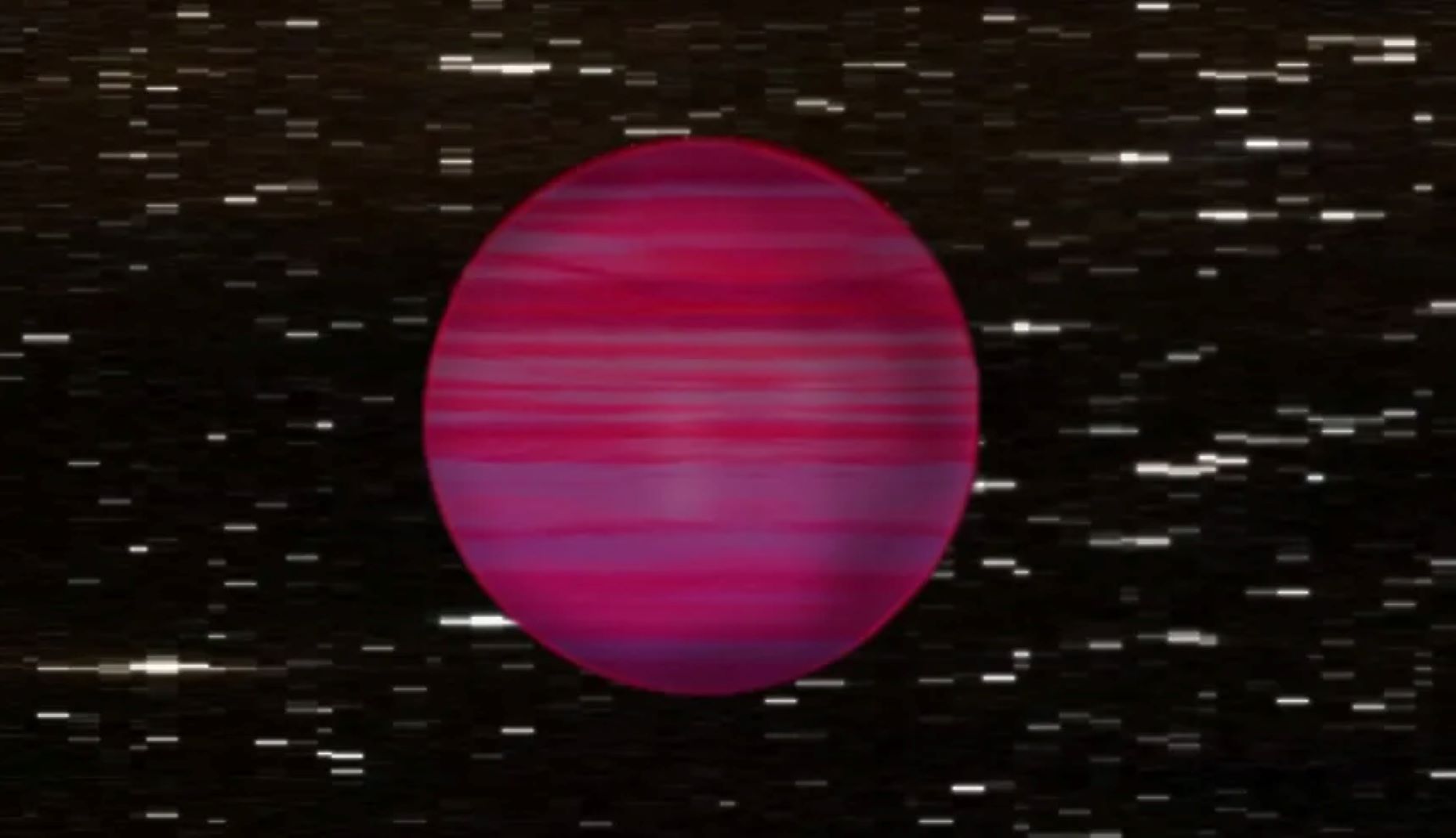NASA Science, Cargo Launch on 21st Northrop Grumman Mission to Station

Following a successful launch of NASA’s Northrop Grumman 21st commercial resupply mission, new scientific experiments and cargo for the agency are bound for the International Space Station.
Northrop Grumman’s Cygnus spacecraft, carrying more than 8,200 pounds of supplies to the orbiting laboratory, lifted off at 11:02 a.m. EDT Sunday on a SpaceX Falcon 9 rocket from Space Launch Complex 40 at Cape Canaveral Space Force Station in Florida.
Shortly after launch, the spacecraft missed its first burn due to a late entry to burn sequencing. Known as the targeted altitude burn, or TB1, it was rescheduled, but aborted shortly after the engine ignited due to a slightly low initial pressure state. There is no indication the engine itself has any problem at this time.
Cygnus is at a safe altitude and completed the deployment of its two solar arrays at 2:21 p.m. Northrop Grumman engineers are working a new burn and trajectory plan and aim to achieve the spacecraft’s original capture time on station.
If all remains on track, live coverage of the spacecraft’s arrival will begin at 1:30 a.m., Tuesday, Aug. 6, on NASA+, NASA Television, the NASA app, and the agency’s website. Learn how to stream NASA TV through a variety of platforms including social media.
NASA astronaut Matthew Dominick will capture Cygnus using the station’s robotic arm at approximately 3:10 a.m., and NASA astronaut Jeanette Epps is backup.
The resupply mission will support dozens of research experiments conducted during Expedition 71. Included among the investigations are:
- Test articles to evaluate liquid and gas flow through porous media found in space station life support systems
- A balloon, penny, and hexnut for a new STEMonstration on centripetal force
- Microorganisms known as Rotifers to examine the effects of spaceflight on DNA repair mechanisms
- A bioreactor to demonstrate the production of many high-quality blood and immune stem cells
These are just a sample of the hundreds of investigations conducted aboard the orbiting laboratory in the areas of biology and biotechnology, physical sciences, and Earth and space science. Such research benefits humanity and lays the groundwork for future human exploration through the agency’s Artemis campaign, which will send astronauts to the Moon to prepare for future expeditions to Mars.
NASA’s arrival and in-flight event coverage is as follows (all times Eastern and subject to change based on real-time operations):
Tuesday, Aug. 6
1:30 a.m. – Arrival coverage begins on NASA+, NASA Television, the NASA app, YouTube, and the agency’s website.
3:10 a.m. – Capture of Cygnus with the space station’s robotic arm.
4:30 a.m. – Cygnus installation coverage begins on NASA+, NASA Television, the NASA app, YouTube, and the agency’s website.
All times are estimates and could be adjusted based on operations after launch. Follow the space station blog for the most up-to-date operations information.
The company’s 21st mission to the space station for NASA is the 10th under its Commercial Resupply Services 2 contract.
Cygnus will remain at the orbiting laboratory until January before it departs and disposes of several thousand pounds of trash through its re-entry into Earth’s atmosphere where it will harmlessly burn up. The spacecraft is named the S.S. Francis R. “Dick” Scobee after the former NASA astronaut.
Learn more about NASA’s commercial resupply mission at:





